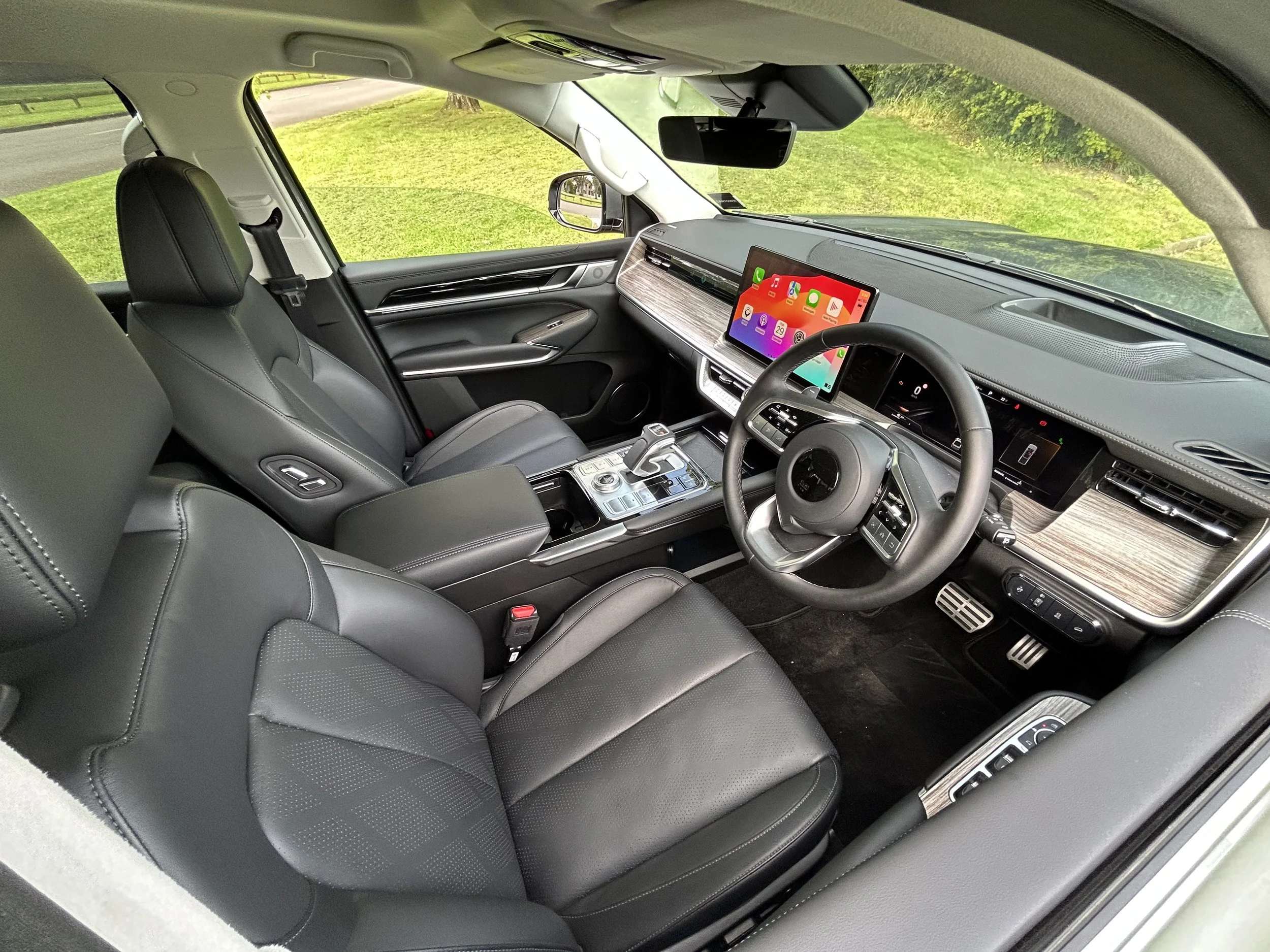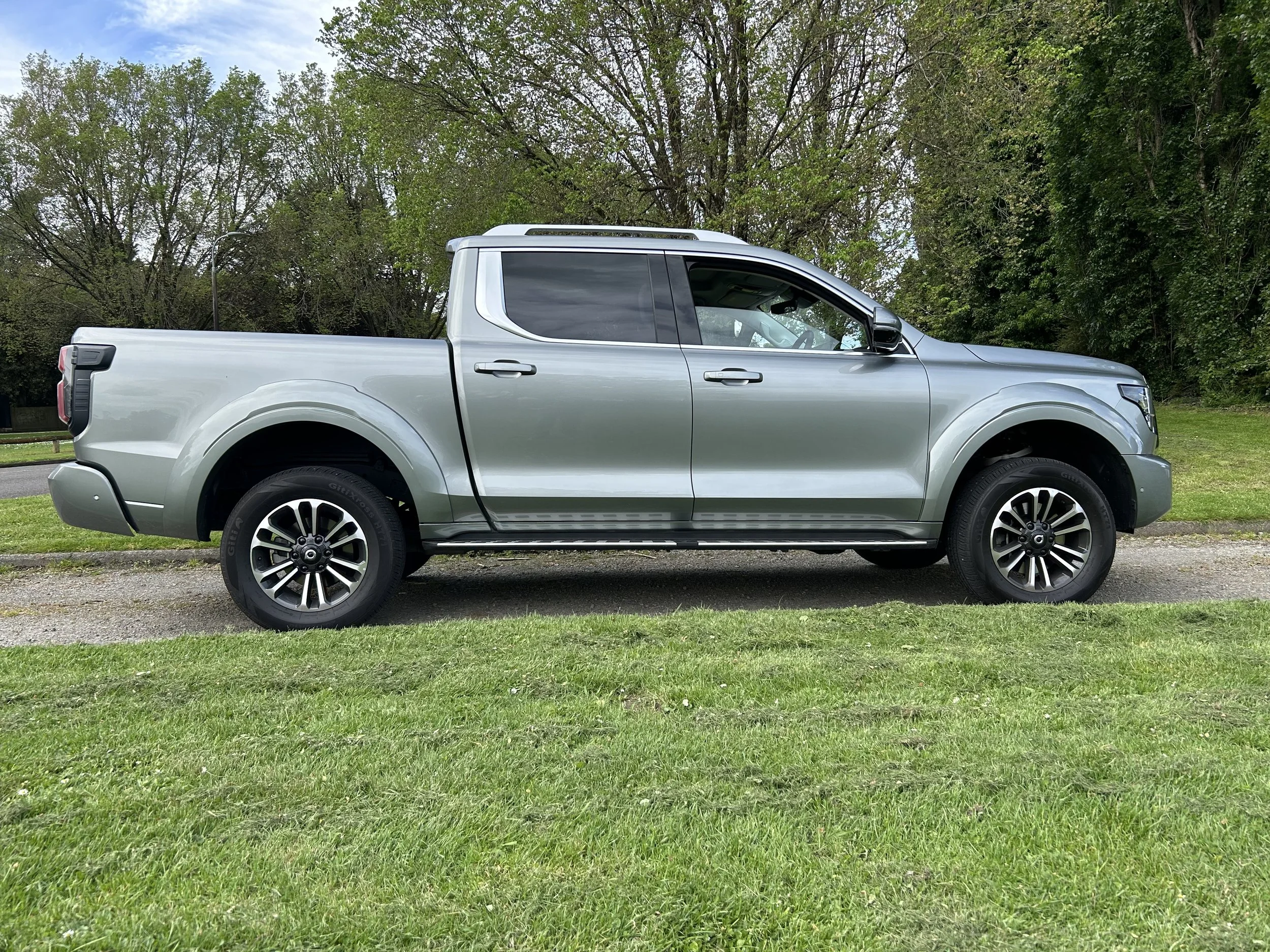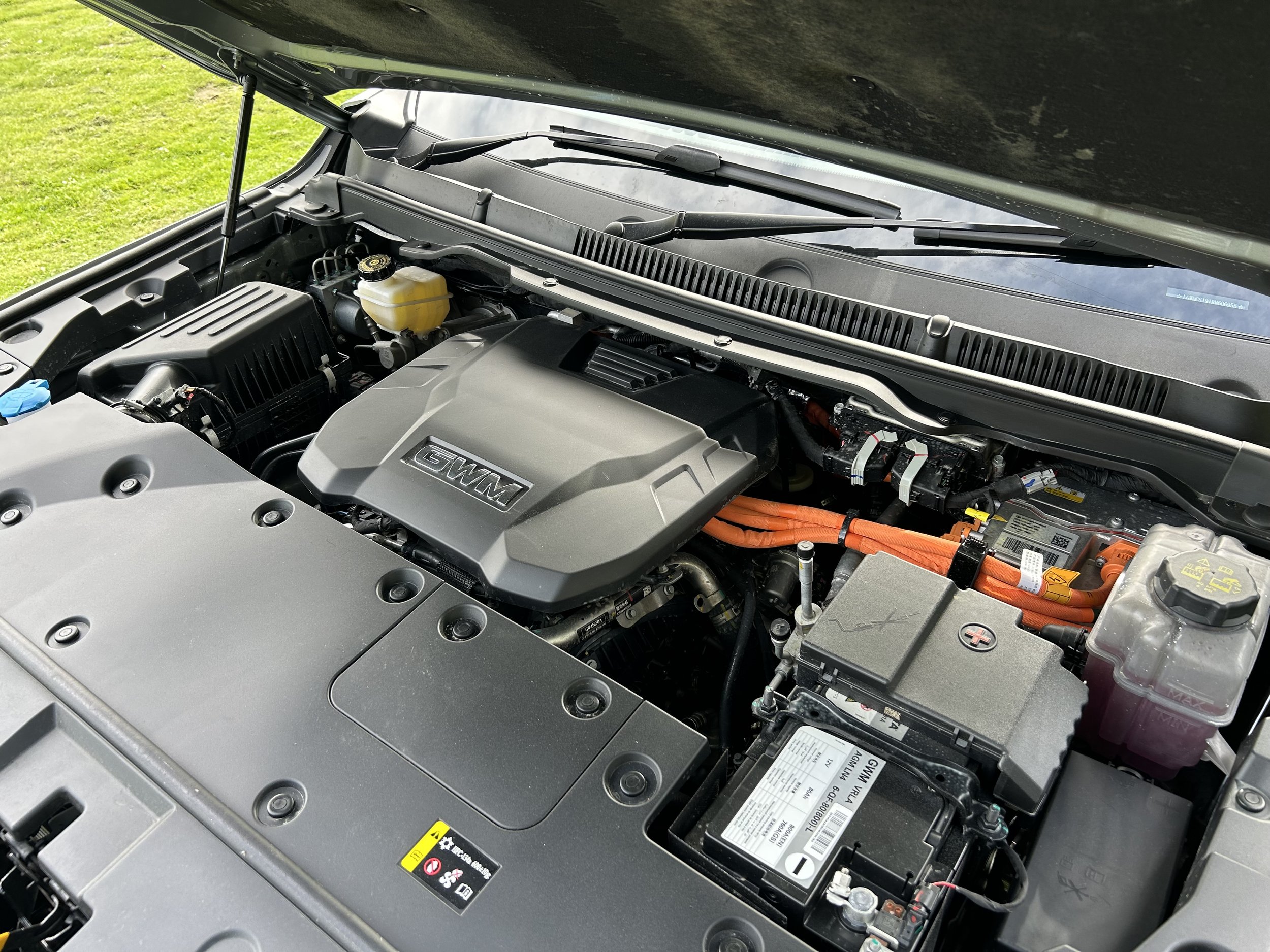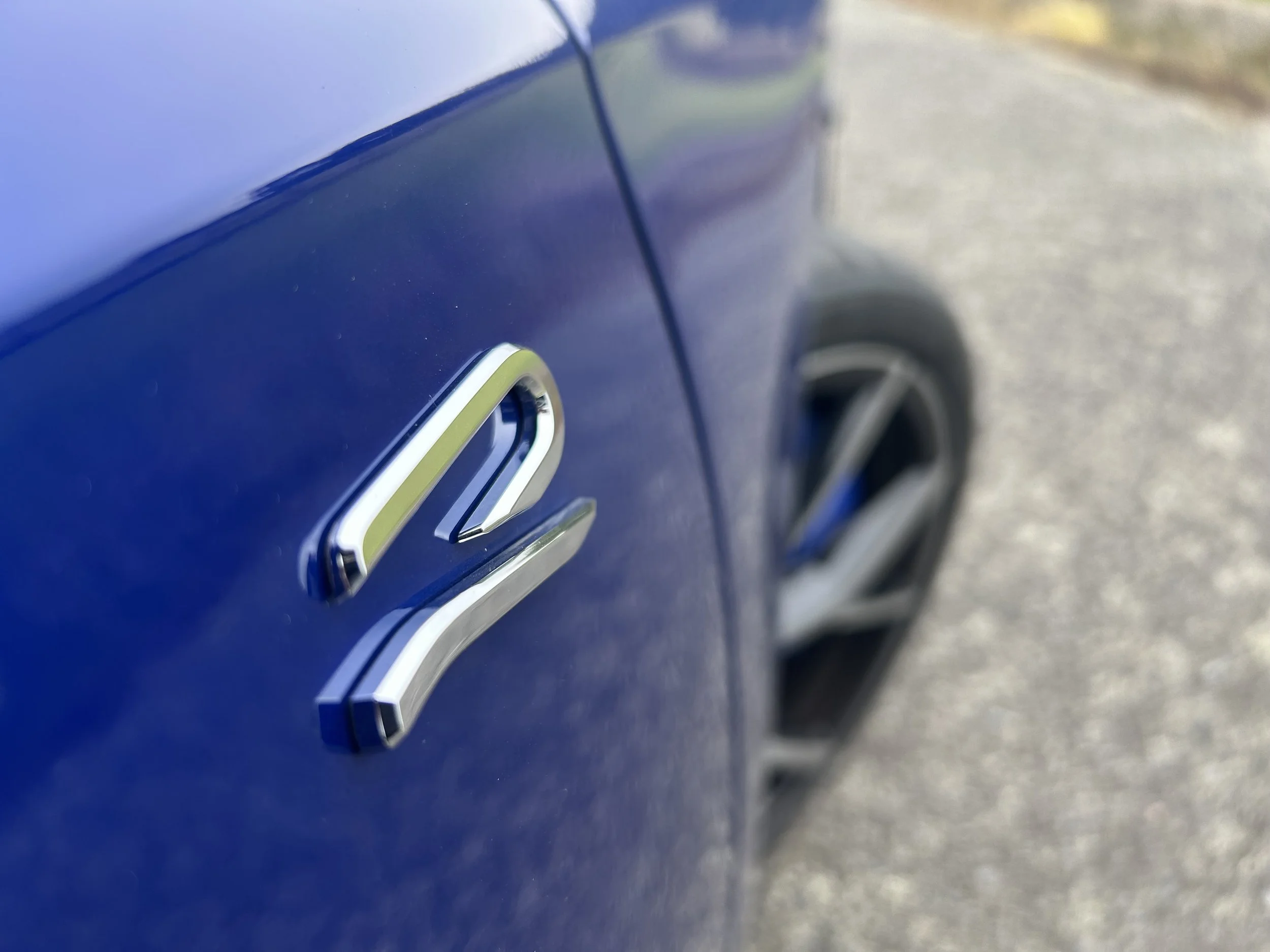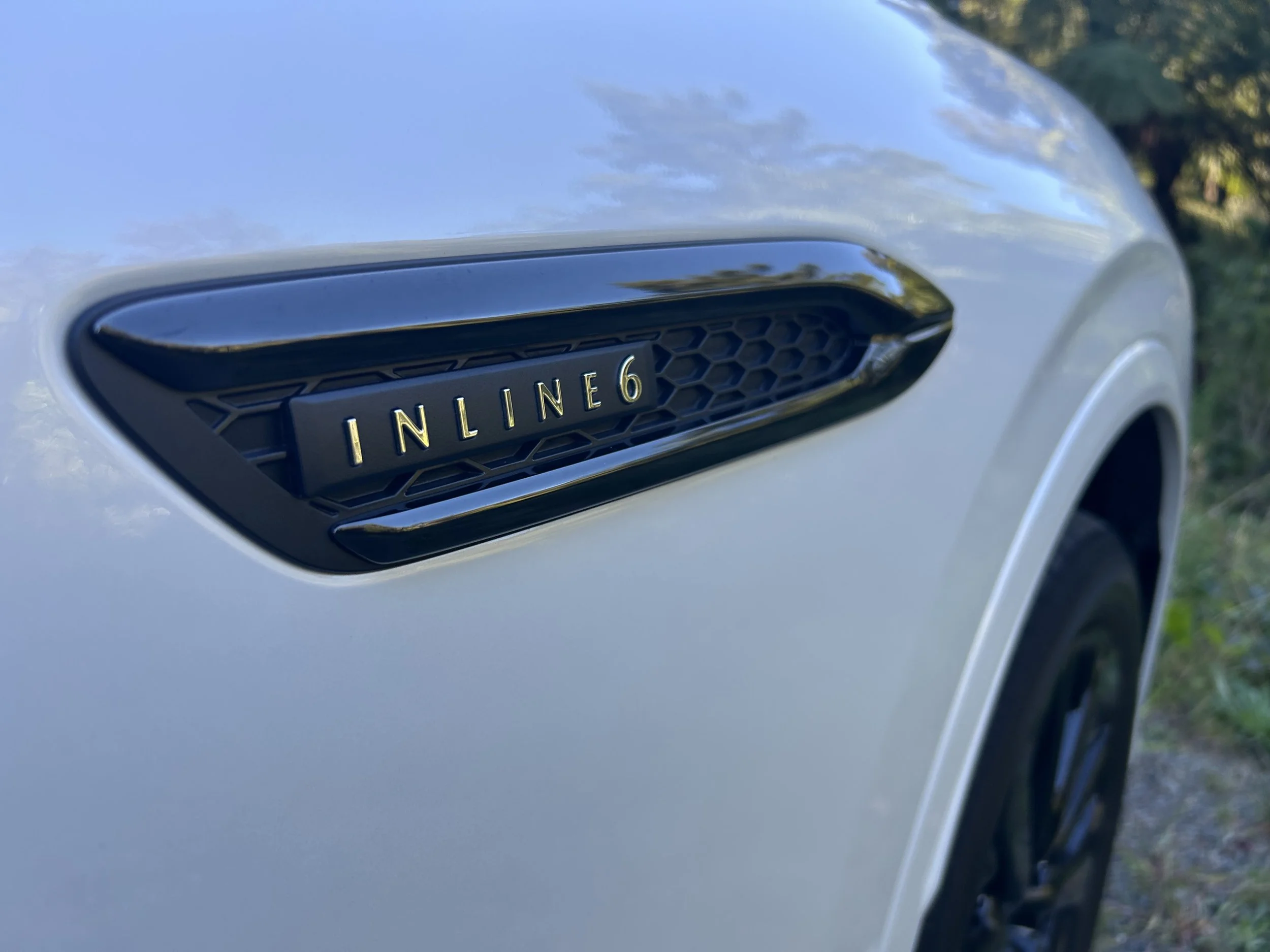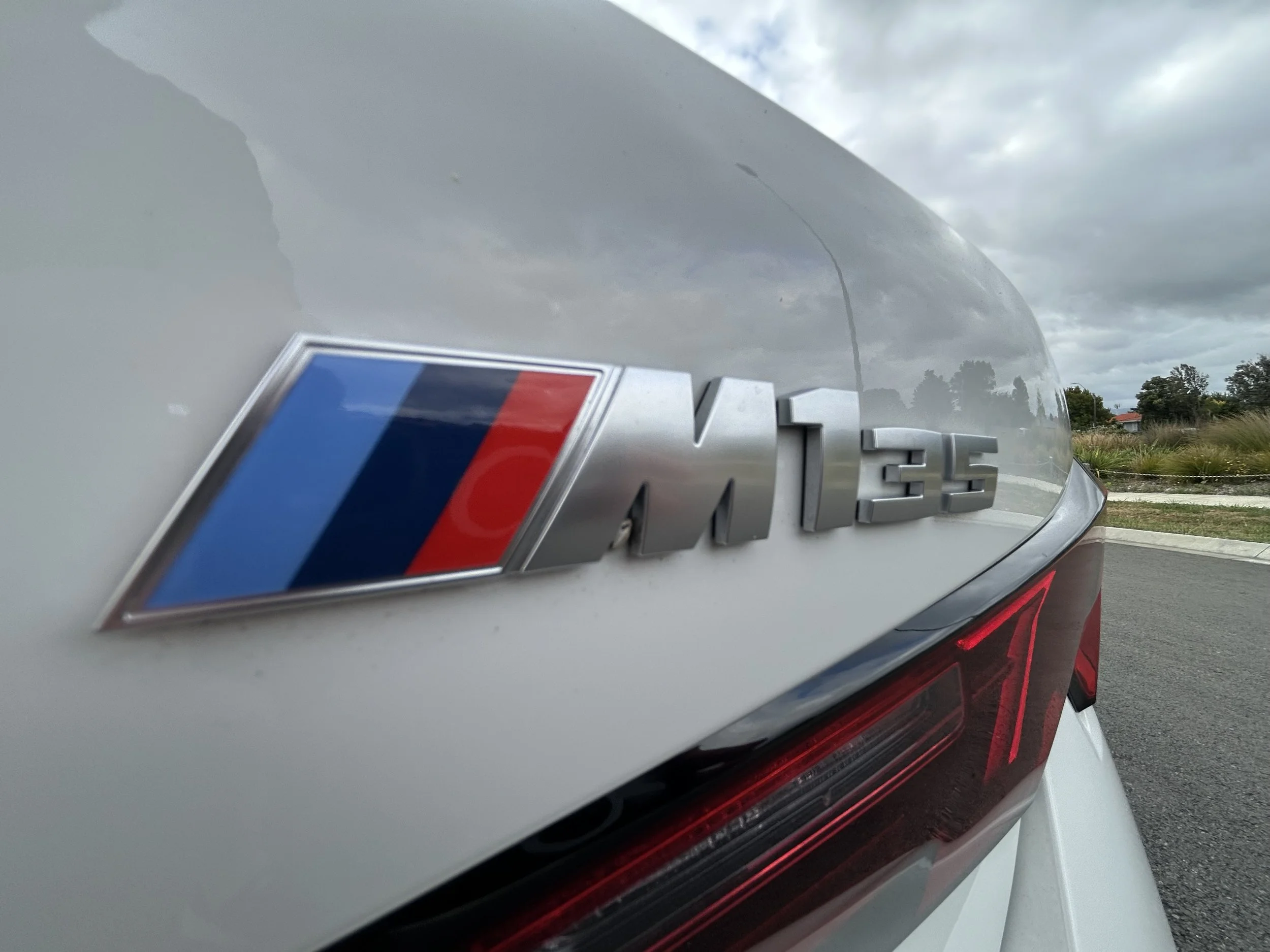GWM Cannon Alpha Ultra hybrid utility roadtest review: Big shot mover
/Petrol-electric has finally become a thing in the one-tonne ute sector and technology development is moving fast.
How much? $68,990.
Powertrain: 2.0-litre four-cylinder turbo-petrol engine, and lithium-ion battery-powered electric motor. Maximum combined power 255Kw, maximum combined torque 648Nm; nine-speed automatic, all-wheel-drive.
Dimensions: Length, 5445mm; width, 1991mm; height, 1924mm.
We like: Well-kitted for the spend; honest performance; delivers a new direction for the category; roomy interior.
Not so much: Awkward ADAS interactions; sparse load deck fitout; better than pure petrol four-cylinder but falls short of diesel-level efficiency.
ADDING a battery-fed electric motor to help a one-tonne utility go about its business is such a head-smackingly obvious progression some have wondered why it’s taken so long.
Well, the time has come. And, no sooner has this progress occurred, than more is in the pipeline.
GWM - previously known as Great Wall Motors - is first on the scene with the Cannon Alpha hybrid, and it’s creating something off a stir. At least while we await the next step of utes with capability to achieve plug-in - so, mains-replenished - with even more promise than the self-regenerating/closed loop involvement here now.
The plug-sorted fare is close. There’s already a (BYD) Shark in local waters and, in a few months, it’ll be joined a version of the best-seller Ford Ranger. Before 2025 is over there’ll be a PHEV Cannon Alpha, too.
In closed loop hybrid circles, the only direct rival - and only barely, because Toyota’s tech isn’t as advanced - for the GWM as it is tested here is a Hilux with a 48 volt set-up, with Kia’s alternate Tasman that’s more on par with the Alpha set to stir up the scene with on-sale in a year from now.
So things are progressing nicely. Or should that be ‘nichely’?
Everyone knows what fuels ute interest here. It’s the fuel Hilux and every other popular ute here sups; one the GWM and impending PHEVs don’t. There’s good reason why petrol engines are far better accomplices than diesels for an electrification exercise. But there’s also good reason why diesel is the overwhelmingly preferred fuel for utes sold here.
So there’s that to think about. Then there’s that the Cannon Alpha hybrid marries its top-of-the-tree tech with a top-dog styling and equipment treatment.
Kiwis love a flash ute and distributors are keen to deliver; they are fabulous profit centres. The GWM isn’t by any means the most expensive ute you can buy, but it’s still one of the most extravagantly-presented. GWM calling this the ‘Ultra’ level is almost an understatement; it puts a capital ‘P’ into plush. The first one -tonner I’ve experienced with heated and cooled back seats with electric recline.
It’s all very nice. But again, is it aiming for a niche by dressing so well? Quite a number of high-end editions of utes are stretching the traditional ideal of being a go-to model for those who want a commercial/workhorse vehicle in the week and a go-anywhere SUV at weekends, but I wonder if the the GWM stretches that concept beyond breaking point. Can you imagine this one with sleeves rolled up on a worksite or in a farm paddock?
With all-terrain driving modes, a solid four-wheel-system with high- and low-range 4WD gearing as well as an electronic rear diff lock, it patently has some aptitude but, all the same, if you want to exploit the 28.5 degrees of approach angle, 19 degree breakover angle and 23 degree departure angle, 224mm ground clearance and 800mm water wading-depth capability, start by buying it better boots. The GWM’s ‘Giti Xross’ tyres have a promising name, but seem so seal orientated as to create challenges for four-wheel-driving.
Being sorted as a play before work kind of vehicle is hardly going to hurt. Apart from having every comfort, it’s also larger than many utes on the road, including the standard GWM Cannon (35mm shorter and 57mm narrower). With a big grille, big headlights, big wheel-arch flares, big fixed side steps, and a stack of chrome, the Alpha has plenty of swagger.
A 2.0-litre four-cylinder petrol engine being the core mechanical component might suggest a certain lack of cojones, but you’ve got to take the electric impetus into account.
Pairing to an electric motor feeding off a 1.76kWh li-ion battery delivers outputs that are Combined power and torque are decent, and while payload is a bit light at 735kg, towing hits the segment standard 3500kg. So a good towing machine? GWM’s television advertisement, you’ll recall, shows the Alpha hybrid hauling a very big boat up a impressively steep hill. If a ute is set up to tow, I’ll tow with it. Guess what the press unit lacked.
Still, I was at least able to assess the loading potential of the rear deck. As much as a factory-kitted with a fairly robust plastic liner looks inviting, provision beyond that stretches just to four sturdy-looking but very basic tie-down points. When others can deliver no sliding cleats or clamp pockets to help secure loads, it’s a bit poor.There is no side-step assistance, no sliding cover, no 12V outlet either.
It’s not quite the largest out there, though for overall dimension at 1500mm long, 1520mm wide (1100mm between the wheel arches), and 500mm deep is still generous, particularly in length, where it has a 66mm edge on the Ranger.
Plus there’s the intrigue of the combination fold-down/swing-door tailgate; the complexities of engineering this so it can either drop down, as per class convention, or - if you hold the release button for longer - swing out barn-door style, the longer side toward the kerbside, is a clever idea, albeit one that is a bit tricky.
One short press for the doors to swing out and a longer one for both pieces to fall as one unit. That’s the way it works. On this one, though, only the latter worked reliably. You’d wonder, too, how robust it might be after a few years.
But, then, some will always argue that question might also be asked of the vehicle overall. Chinese utes have much to prove and the Japanese stuff sets a very, very high bar. In respect to build quality, there was nothing on the test example to raise any level of alarm and over long-term integrity is beyond measure, GWM can take a great deal of pride in the hybrid having achieved the same best-possible five star score from our national independent crash test auditor, ANCAP, the diesel type already holds.
In respect to safety systems, inasmuch as the GWM is extremely well provisioned, it remains a huge shame that the driver assists that corral in a driver monitoring system as so overly-intrusive as to demand the same ‘user improvement’ meted the equally-blighted Tank 300/500 tested by this writer recently.
As on those, a thumb-sized section of duct tape to place across, and thus deactivate, the camera central to its functionality was required for sanity’s sake. Because it’s just too ‘bleep-bleep-bing-bong’ steering wheel-tugging interfering and, thus, all too much.
DMS is an accepted burden for international effort to elevate safety; new cars stand no chance of winning a five-star ANCAP/NCAP without. Stars sell cars. And lane keeping, traffic sign recognition, adaptive cruise and rear cross traffic alert are proven accident avoidance tech. Attention alerts that sense tiredness and distraction are as valuable.
But everything comes down to correct calibration and, like the Tank models recently tested, the ute’s settings are all over the show. The frequency and strength of the lane keep’s steering jerks were especially unnerving; the traffic sign recognition was also hopeless. You can switch this all off, of course, but it turns itself back on each time you embark on a new journey. So easier just to disable it completely.
All other tech proves to be much friendlier, thankfully. The Alpha gets a huge 12.3-inch touchscreen and 12.3-inch digital cluster. It also features wireless Android Auto and Apple CarPlay, a surround camera system with extremely good resolution - so abetting not just the 360-degree view monitor but also the clear chassis view - dual wireless charging pads (one in the front and one in the back), ambient lighting, heated steering wheel and a 10-speaker Infinity sound system.
The centre screen’s functions are a bit haphazard; be prepared to work through a maze of menus.You might wonder about the touch prompt marked ’Poer’. That’s Cannon’s domestic market name; Poer, which stands for 'Powerful, Off-road, Enjoyable and Reliable.’
The sense of spaciousness in this cabin is palpable and though it has some plastics that wouldn't pass muster in a luxury car and the wood grain and leathers are not the real thing, it has a genuine premium feel about it. There are some nice soft-touch surfaces and by and large the quality is remarkably good.
It is also definitely practical, with plenty of storage spaces – including a deep centre console with a lid and sliding tray, cup-holders.
It’s among those few utes that gives equal priority to rear seat passenger comfort; those in the back achieve grab handles, air vents, map pockets, their own phone charger and a centre armrest with pop-out cupholders. Plus plenty of leg and headroom.
Come facelift time, GWM has just one big job, and that’s to deliver a better front seat. The chair feels fine over short distances, but a longer run was not comfortable; they’re too soft and squidgy to be properly supportive. Also, inasmuch as they have done a great job with the dash layout and main instrumentation, I’d suggest including a physical knob for the audio volume and making the HIVAC temperature adjustment easier would appeal.
For better or worse, diesel is the life blood of the ute scene and GWM acknowledges that by offering Cannon Alpha in that form, for at least $9000 and up to $14k less. Sure, there’s a Road User Charge that Alpha hybrid avoids, but that pays for a lot of fuel that is consumed less quickly.
In respect to economy, the hybrid is good by petrol standards, but probably not good enough to worry any four-cylinder diesel. Even though the average 10.8 litres per 100km from test was just one litre litre short of the maker’s optimal claim, it’s still a markedly higher consumption than you’ll see from an oil burner, including GWM’s. And it cannot claim to be much more pious for emissions, either.
If you’re looking for more crow-worthy reasons for this buy-in, then it’s really down to the drivetrain’s performance and its general panache.
Though there are some irks, the 2.0-litre powertrain is at another level for refinement when compared against any diesel. That is no more apparent than on start-up. There’s automatic reversion to electric, which means it is as far removed as possible from the noisy gruff clatter that comes with a diesel.
It continues the good work when on the move; with ability to accelerate off the line strongly. The electric side takes the lead at sub-80kmh, so refinement can be uncanny for the genre.
It’s effortless but not always as refined as might be expected; you can often feel where the hybrid electric delivers that little bit extra boost muscle, because from time to time it’ll jolt in. The transmission also tends to be less slick than some in respect to its down changes.
Still, if you want a ute that is a brisk and responsive performer and don’t want to buy into more than four cylinders, then this is has to be the go-to. Even though it does not feel quite as Arnie-like as the peak torque figure suggests, it has more than enough muscle for fast overtaking and there’s no doubting GWM’s claim of 100kmh in eight seconds.
Also a little un-ute-like is the driving feel. The Alpha is body-on-frame, has double-wishbone independent coil springs at the front and leaf springs and a live axle at the rear. It’s a traditional ute formula, but though it is a tad stiff and firm, it’s certainly still one of the more compliant tray decks out there. The wheelbase clearly helps to give it a settled driving feel, not just on on sealed surfaces but also when it's on gravel roads, where even when hitting ruts at pace, it is more controlled and composed than some.
Some utes have developed to the point where they almost feels more like a rugged four-wheel-drive passenger model than a pickup, by the GWM isn’t there yet. While it has enough body control that prevents it from leaning too much in corners, it isn’t at all sporty or involving, with overly-assisted and vague steering an unwelcome factor. It'll cope with a winding back road quite happily and the transmission is so smooth at open road pace you might even call it relaxing at a cruise.
By the standards of the ute end of the market the GWM stands out for being bigger than most, easily as plush as some that cost a lot more and one of the more SUV-ish in its approach.
The cabin is a nice place in which to spend time and, though the driver assistance tech is too fussy, it has a very strong safety arsenal, plus all the comfort features you will want.
I’m not 100 percent sold on the hybrid being better than a diesel; PHEV dual-cabs could make more sense to buyers than plug-in tech in other segments and the mains-replenished Cannon - which I’ve driven, but only briefly - might be the version that has more potential for delivering allegiance change, given it is far more genuinely electric. Even so, the hybrid is a step in a new direction, and that in itself makes it worthy of consideration.


